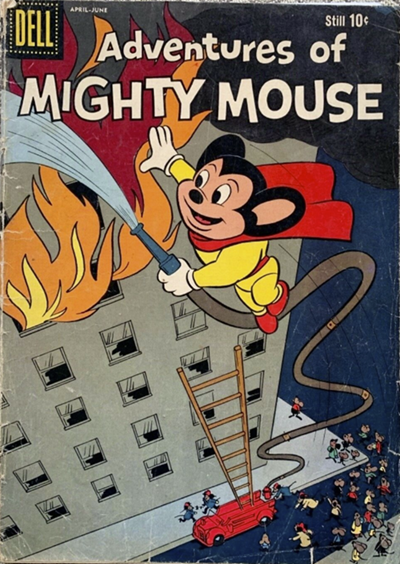Startups are motivated by youthful energy, fueled by adrenaline, and supplemented by caffeine. The frenetic pace of a startup cannot be sustained forever. If a company remains a startup too long, it will either burn through its cash or the original team will become too long in the tooth to muster the same enthusiasm that powered its early victories. Or both. Companies that successfully navigate the transition from a startup to a growth phase are forced to reconsider their approach to “all hands on deck” events.
The preeminent all consuming events for startups are potentially catastrophic, customer-affecting events, aka fires. For example, when a startup’s biggest, and possibly sole, customer phones the startup CEO in a rage to report their data has suddenly gone AWOL, there’s no question that it’s a four alarm fire.
In real life, about 85% of the nation’s fire departments are entirely or mostly composed of volunteers. These brave volunteers put their own lives aside when called to fight fires. Similarly, fire fighters at startups have regular jobs that get tossed aside when it’s time to douse the flames.
In real life, fires are mesmerizing events that attract neighbors who want to help. Similarly, those in a startup not directly responsible for extinguishing the fire often act in supporting roles until the crisis has passed. Startups typically employ an “it takes a village” approach to attacking crises and engage most if not all of their employees.
When a real fire has been reduced to smoking embers, there’s an investigation to determine its cause. The results of the investigation hopefully provide sufficient education to avoid similar fires in the future. A startup performs the same sort of post mortem investigation for mostly the same reasons. Afterward, all of the participants go their separate ways, spend some time recovering, and restart their normal lives.
A company in a growth or later phase cannot afford to expend all of its resources on a single fire. Although a fire remains an important and potentially catastrophic event, larger companies have multiple customers, more responsibilities, and deadlines that can’t be derailed. A growth company cannot afford to marshal the entire team to fight fires. However, it’s exceedingly difficult to change this behavior for the following reasons, which also happen to represent the ingredients of fire:
- Atmosphere – Actual fires require oxygen in the atmosphere. The atmosphere at a startup is all about heroics and nothing illustrates it better than individuals saving the day. It’s been well documented that a minority of fire fighters become arsonists, possibly for the thrill of the blaze and the recognition for extinguishing it. Although company employees aren’t intentionally wreaking havoc on their customers, the underlying culture may not encourage employees to avoid fires.
- Fuel – One of the essential components of a fire is the presence of material that will burn. The technical debt that’s accrued during a startup phase that isn’t paid down is similar to a gasoline can; neither the technical debt nor the gasoline can will spontaneously combust, but their absence will prevent fires.
- Heat – Although Oxygen and Fuel are two essential ingredients of fire, without a source of heat, there will be no fire. The most likely source of heat in a company fire is human error. The pressure to release software in complicated hosting configurations often results in surprises in Production that didn’t occur in pre-Production environments.
Here’s how a growth company contains its fires. The following list eliminates or reduces the elements that compose a fire.
- Culture – Unlearning a culture of heroism is hard. However, if managers lead with cooler heads by assembling a small team and prohibiting all but essential employees from contributing, the fire can be contained and the entire company won’t be derailed. Note that the fire fighting team must be multi-disciplinary so that the company and the affected customers are kept well informed.
- Prioritization – Engineers are well aware of the risks of technical debt that isn’t repaid. In the push for new features, the paydown of debt that yields no visible customer benefit often becomes low priority to those outside the engineering team. By establishing a matrix of relative evaluation that’s scored with metrics, companies can absorb input from many stakeholders and more easily determine relative priorities. The removal of technical debt is akin to starving a fire of its fuel.
- Process & Quality – As companies grow and releases become more complicated, automation becomes an essential tool to reduce human error. In addition, although most startups test their software, few have employees who focus solely on quality; this becomes a key role in a growth company.
It is unrealistic to expect that any plan entirely eliminates fires. It is more reasonable to build some slack into schedules to account for unexpected events. However, following an intentional approach to reducing the components required for fire enables a company to meet its commitments without being derailed by emergencies.
